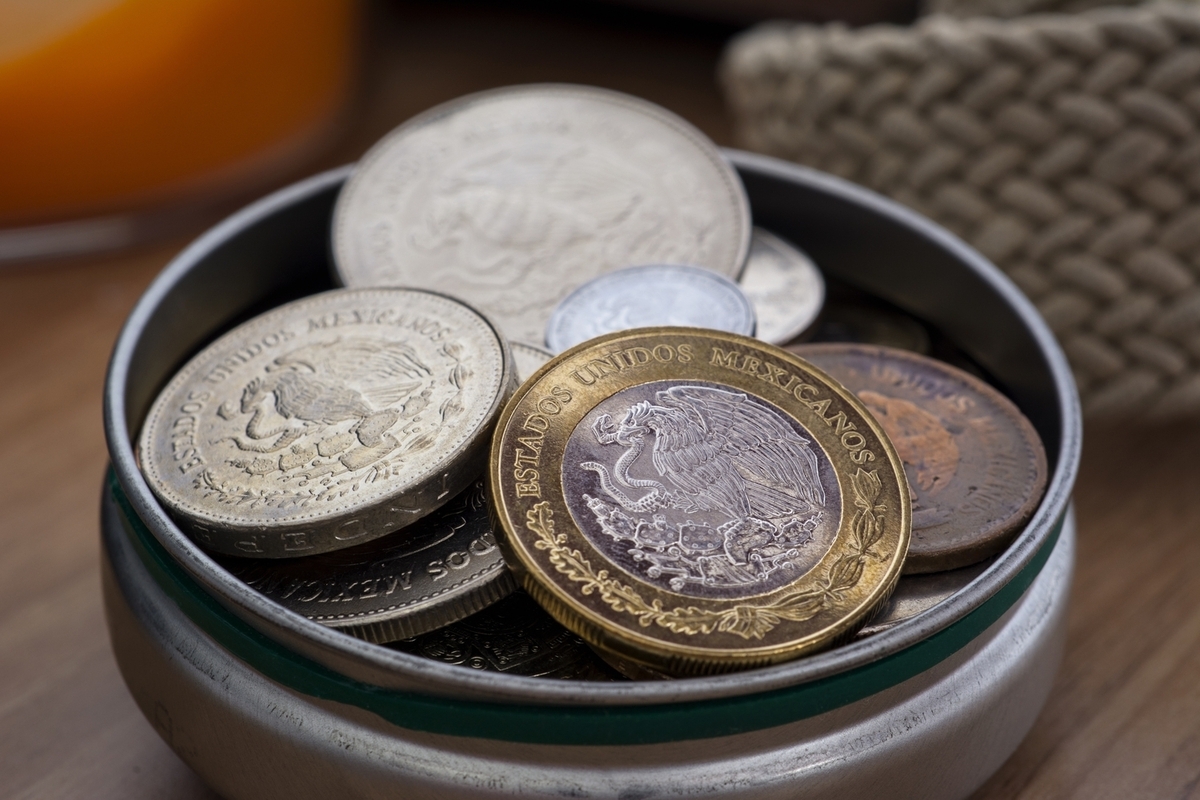Comprehensive Guide to Investing in Gold Bullion: Strategies and Tips for Secure Wealth Growth
This comprehensive guide offers expert insights into investing in gold bullion, covering the types of gold assets, storage options, key considerations for buying and selling, and tips to avoid scams. It emphasizes gold's role as a safe haven asset during economic turmoil and provides practical advice to help investors maximize safety and profitability. Whether you're a beginner or seasoned investor, this detailed overview equips you with the knowledge needed for secure and informed gold investments, ensuring your assets are protected and well-managed for long-term wealth growth.

Comprehensive Guide to Investing in Gold Bullion: Strategies and Tips for Secure Wealth Growth
Gold bullion has long been recognized as a reliable store of value and a secure investment option, especially during times of economic uncertainty. It encompasses a variety of precious metal assets such as gold and silver, which are typically presented in the form of coins, bars, ingots, or wafers. These assets serve as a hedge against inflation, currency devaluation, and market volatility, making them highly attractive to both seasoned investors and beginners looking to diversify their portfolios. The origins of the term "bullion" trace back to French finance minister Claude de Bullion, highlighting the historical significance of these valuable assets in global finance. Today, the valuation of gold bullion hinges on two major factors: purity and weight, both of which are meticulously verified through traditional fire assay techniques and advanced spectrometry methods to ensure precision and authenticity.
Amidst today's volatile economic landscape, characterized by minimal bank interest rates and limited options in bonds and fixed-income securities, investing in gold bullion presents an appealing opportunity for wealth preservation and growth. With this in mind, understanding how to effectively navigate the gold bullion market can significantly enhance an investor's ability to safeguard their assets. The process of investing in gold bullion is accessible and relatively straightforward, comparable to purchasing exchange-traded funds (ETFs). Prospective investors should first determine the type of bullion that aligns with their financial goals and preferences—choices include coins, bars, wafers, or ingots. For instance, U.S.-made gold coins tend to carry higher premiums due to manufacturing costs and collectible value, whereas gold bars often offer lower premiums with reduced transaction fees, making them an attractive option for large-scale investments.
Storage considerations are crucial when investing in physical gold. Investors should plan for secure storage, such as renting a safe deposit box in a reputable bank or utilizing professional secure storage facilities. Many online gold vendors now offer comprehensive packages that include not only purchasing options but also secure storage solutions, providing peace of mind for investors. Some dealers offer buyback guarantees, making it easier to liquidate holdings in the future; however, caution must be exercised to avoid scams. Conducting thorough research to identify reputable, certified sellers with positive reviews and transparent policies is vital to protect your investment.
Historically, gold has demonstrated robust stability and maintains its purchasing power in diverse economic conditions. It tends to be unaffected by fluctuations in the stock market, making it a preferred safe haven for investors seeking to diversify their assets. When choosing specific gold bullion products, many investors favor well-established and highly traded options like Canadian Maple Leaf coins and American Eagle coins, both of which are guaranteed by their respective mints. The Canadian Maple Leaf, composed of 24-karat gold, and the American Eagle, mainly 22-karat gold, are recognized globally for their quality and liquidity. The American Buffalo coin, introduced in 2006, is renowned as one of the purest gold coins available but tends to see less market activity due to its higher cost. Additionally, gold bars—typically available in 10-ounce sizes—require careful consideration since they are less liquid compared to coins and entail higher shipping costs and insurance premiums when selling or transferring.
For purchasing, the U.S. Mint does not directly sell bullion but does sell proof coins and provides a list of authorized dealers. Comparisons of prices among different dealers help ensure that you acquire gold at the most favorable premium. To maximize convenience and cost-efficiency, many investors reserve their purchases for 1-ounce coins like the American Eagle, which are available in various denominations. When considering rare or collectible coins, professional grading and certification from reputable agencies like PCGS or NGC are essential to confirm authenticity and prevent overpaying. Understanding each dealer's buyback policy, including potential fees or restrictions, is equally important for those planning to sell their holdings in the future. Meticulous research and due diligence in selecting trustworthy sources are fundamental to maintaining the safety and profitability of your gold investment.
In conclusion, investing in gold bullion can be a highly effective strategy to build wealth and hedge against economic uncertainties. Remaining vigilant for potential scams, choosing reputable sellers, and understanding market nuances are key to securing your assets. A well-informed and cautious approach enables investors to enjoy the benefits of their gold holdings while minimizing risks. With proper planning, accurate assessment of your investment goals, and a commitment to research, gold bullion can serve as a resilient component of a diversified financial portfolio, helping you preserve and grow your wealth into the future.





